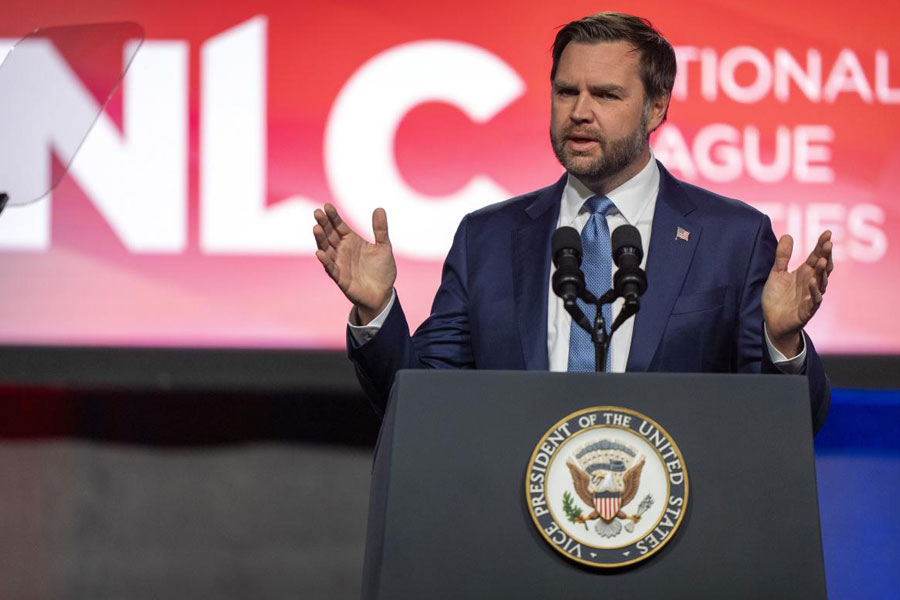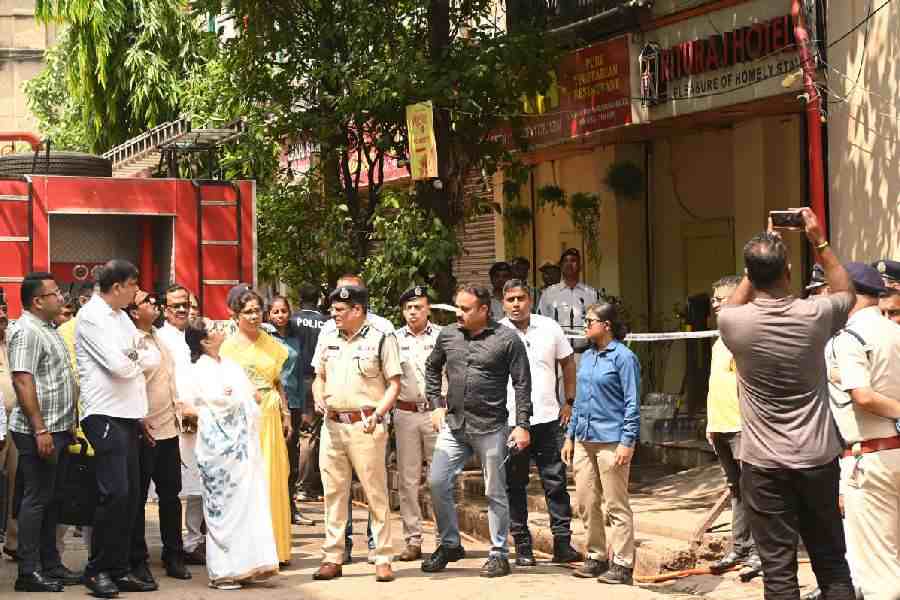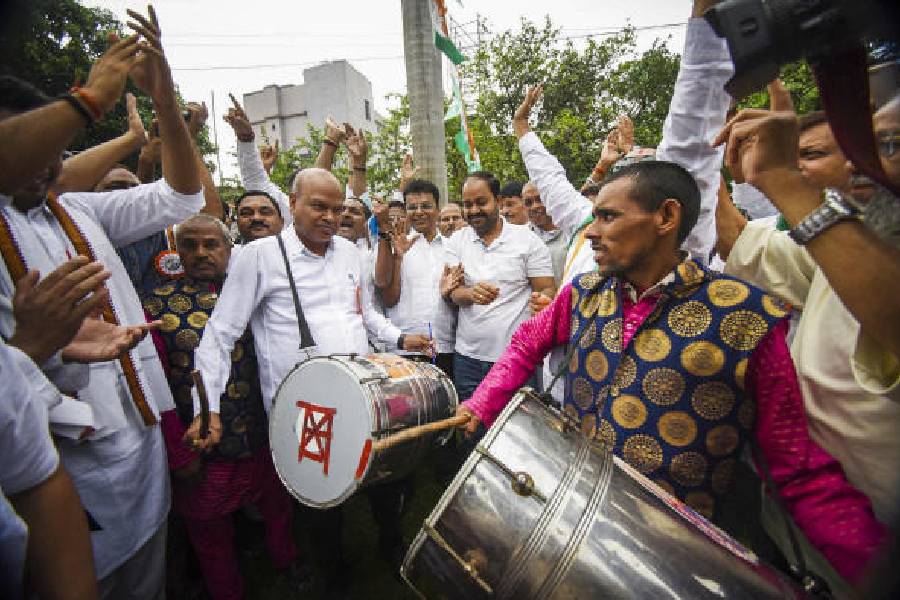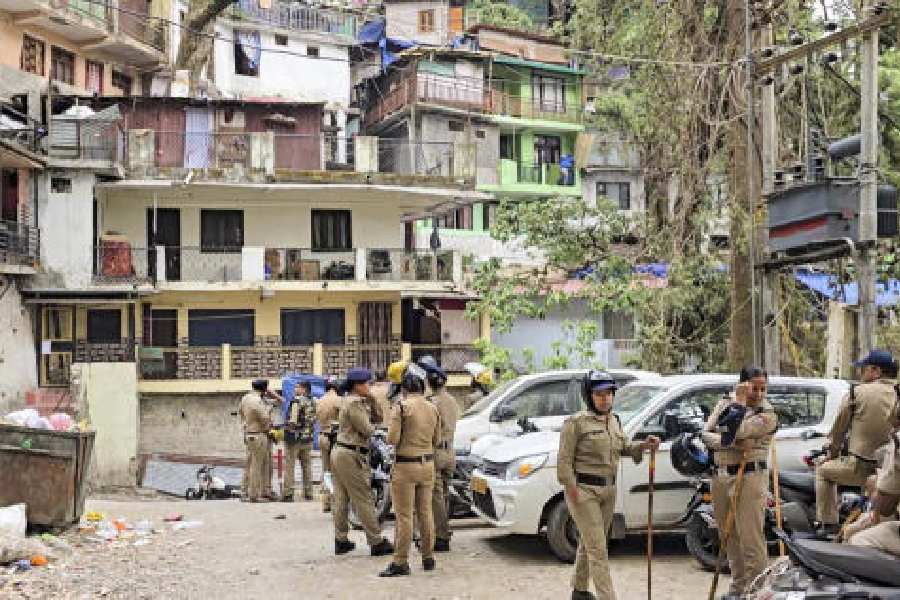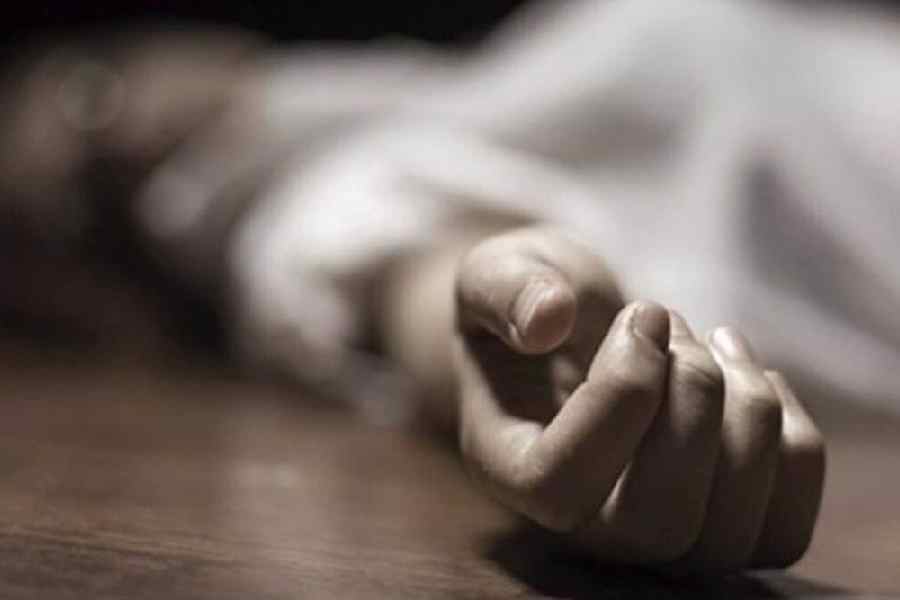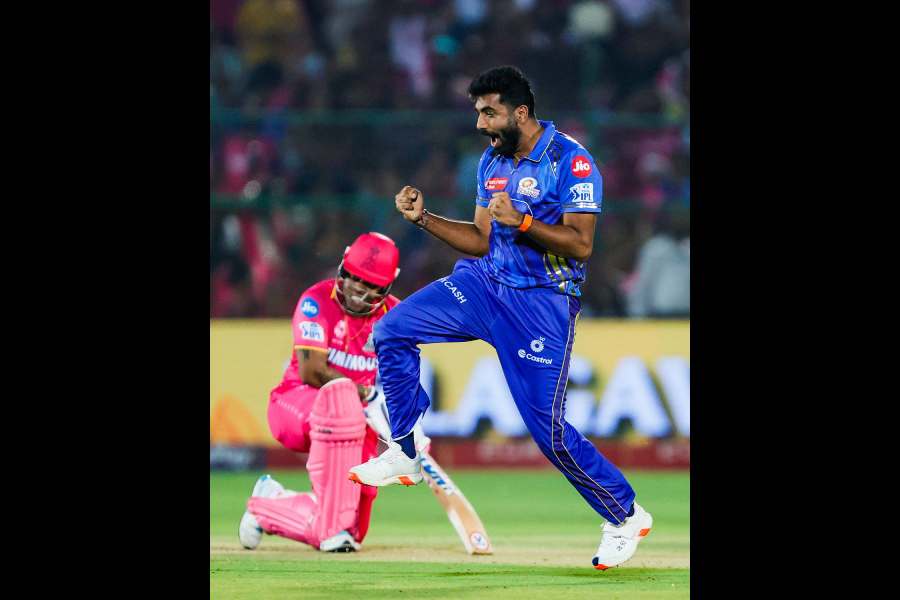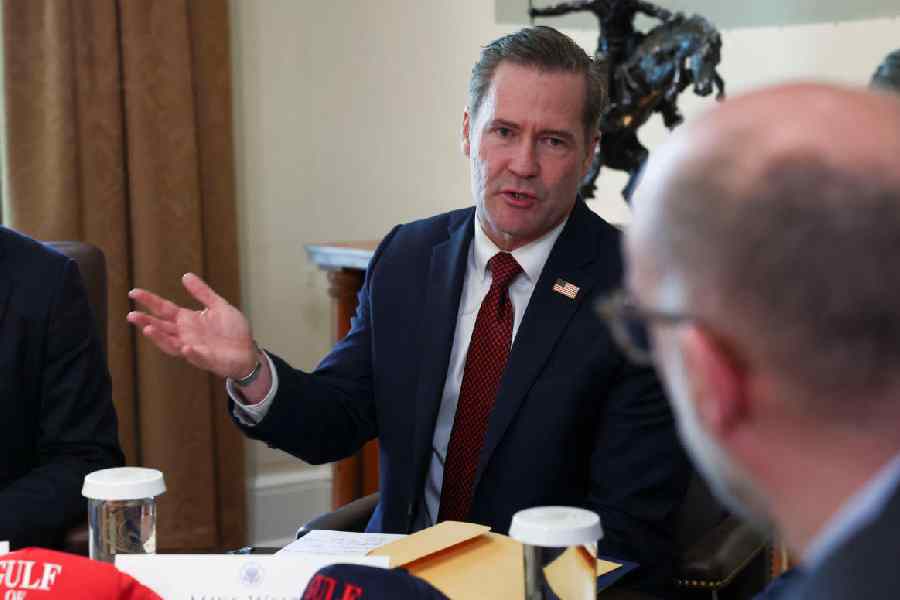Srinagar, Oct. 14: This will be CPM candidate Mohamud Yusuf Tarigami’s second term as a legislator in the Jammu and Kashmir Assembly. He was first elected from Kulgam constituency in 1996. Then, the National Conference did not put up a candidate against him and made it a smooth run for the CPM.
This time, however, things were very different. The National Conference campaigned hard in the constituency, determined to throw out Tarigami. They publicly declared that the CPM was in Kulgam because of the NC’s goodwill, but now that he had become extremely critical of the Abdullah regime, he would be taught a lesson.
Senior National Conference leaders openly mocked Tarigami, angry that he had turned hostile after Farooq Abdullah joined the BJP-led NDA coalition in 1999.
Not only did Tarigami win, he won by a convincing margin of 4,000-plus votes, polling 54 per cent of the total votes in Kulgam. Another CPM candidate, Mohammed Khaleel Naikoo, was also returned from the neighbouring Wachi constituency.
Tarigami, a one-time Naxalite, had struggled long and hard to keep the Left afloat in Kashmir at a time when nobody was willing to listen to their nationalist arguments. The Jamaat-e-Islami worked consistently against the communists in the Valley, dubbing them as a party that went against the teachings of Islam. The communists were branded as kafirs (faithless).
In the early days of the separatist movement in Kashmir, the Left, mostly CPI workers, were targeted and killed by the militants. The CPI lost the largest number of workers during that period.
Now, of course, it is the National Conference workers who have to bear the brunt of terrorist killings.
The undivided Communist party had a good beginning in the state. The party worked primarily in the rural areas where they organised the peasants to fight for land rights. Though Kashmir did not have big landlords as in other parts of India, the jagirdars — owners of medium-sized land holdings — exploited the peasants who had no rights.
Before 1947, the Left elements within the National Conference played an important role in drafting Sheikh Abdullah’s vision of a Naya Kashmir. The communists still take credit for the radical land reforms in Kashmir, where land was distributed free among the tillers.
When Sheikh Abdullah was arrested and imprisoned by the Indian government in 1953, the Left misread the writing on the wall.
There was popular anger against the Centre’s arbitrary action and spontaneous protests erupted all across the Valley. New Delhi ruthlessly suppressed these demonstrations.
But the Left kept away and did not join the people in their protests. The Government of India had put out stories of Sheikh Abdullah’s links with the US, saying he was colluding with the Americans to carve out an independent Kashmir.
“The talk of the US and CIA was enough for us to ignore the popular mood, which was outraged at what was happening to the Sheikh. We shut our eyes to the repression that followed, which today we realise was a historical mistake,” says O.N. Trisal, an old-time party member. Trisal, a Kashmiri Pandit, is one of the few who stayed behind after the exodus of Pandits from the Valley.
After the split in the Communist party in the early sixties, the Left lost more ground in Kashmir. Between 1969 and 1979, the Left was primarily represented by R.P. Saraf, who kept it alive in some form or the other and organised the Democratic National Conference. Tarigami was very much a Saraf loyalist.
The CPM formally began working in Kashmir only in late 1979. When the separatist movement started in 1989, the Left forces were once again under attack for refusing to support the people’s demand for azaadi. The Left began maintaining a low profile because nobody was willing to listen to a party cut off from the masses.
Tarigami, who had been a Left activist since his school days, plunged into action. The CPM realised it could not remain cut off from the people’s aspirations but it could side with the citizens caught between the militants and the security agencies even though it was not supporting azaadi.
The CPM gradually built up its contact with the masses by staying with the people, by helping them out when sons disappeared or were taken in for questioning, by making little gestures like going to the administration for information.
“From a time when people wanted to throw stones at us, to tolerating us and then listening and voting with us, has been a full circle,” says a party worker.
Tarigami and his comrades realise that the CPM cannot lose track of ground reality if it wants to survive and grow in the state.


